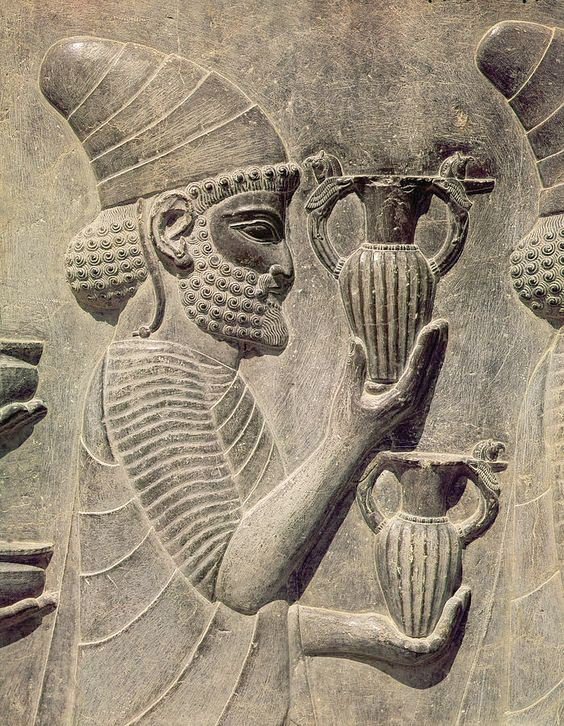The ancient civilization of Persia, known today as Iran, has long captivated the imagination of historians, archaeologists, and curious minds alike. At the heart of this captivating legacy lies the magnificent ruins of Persepolis, a testament to the grandeur and power of the Achaemenid Empire that once ruled over a vast expanse of the ancient world. In this comprehensive blog post, we will delve into the rich history, stunning architecture, and enduring significance of this remarkable archaeological site.
The Rise of the Achaemenid Empire

The Achaemenid Empire, founded by Cyrus the Great in the 6th century BCE, was one of the largest and most influential empires in antiquity. Stretching from the Mediterranean Sea to the Indus River, the Achaemenid Empire united diverse cultures and peoples under a single, powerful rule. At the center of this vast empire stood the majestic city of Persepolis, which served as the ceremonial capital and a symbol of Achaemenid might.
The Architectural Splendor of Persepolis
Persepolis, also known as “the city of the Persians,” was a remarkable feat of ancient engineering and design. The site was constructed over several decades, with each ruler adding their own unique architectural elements and embellishments. The most impressive structure within the complex is the Apadana, a vast audience hall featuring intricate relief carvings and towering columns that once supported a grand, ornate roof.

The attention to detail and craftsmanship evident in the Apadana is truly breathtaking. The relief carvings, which depict a grand procession of dignitaries, soldiers, and representatives from the various provinces of the empire, offer a glimpse into the cultural and political diversity of the Achaemenid reign. The columns, standing over 60 feet tall, were adorned with intricate designs and symbols that reflected the power and prestige of the Achaemenid rulers.
The Ceremonial and Religious Significance of Persepolis
Persepolis was not only a center of political and administrative power but also held immense ceremonial and religious significance for the Achaemenid Empire. The site was the venue for the annual Nowruz celebration, a festival marking the Persian New Year, which was attended by representatives from across the empire. This grand celebration was a testament to the Achaemenid’s ability to unite diverse cultures and traditions under a shared sense of identity and purpose.
In addition to its ceremonial role, Persepolis also served as a religious center, housing temples and shrines dedicated to the Achaemenid’s Zoroastrian faith. The site’s impressive architecture, including the iconic Apadana, was designed to reflect the divine order and cosmic harmony that were central to Zoroastrian beliefs.

The Decline and Destruction of Persepolis
Despite its grandeur and significance, Persepolis met a tragic end in 330 BCE, when it was sacked and burned by the armies of Alexander the Great. The once-mighty capital was reduced to ruins, and much of its priceless artworks and treasures were either destroyed or looted.
The destruction of Persepolis was a devastating blow to the Achaemenid Empire, marking the end of one of the greatest civilizations in ancient history. However, the site’s enduring legacy has continued to captivate and inspire scholars, artists, and historians to this day.
The Ongoing Significance of Persepolis

In the modern era, Persepolis has become a symbol of Iranian national pride and a testament to the enduring cultural heritage of the Persian people. The site has been the subject of extensive archaeological excavations and preservation efforts, with the goal of uncovering and protecting its remaining treasures.
Today, Persepolis is a UNESCO World Heritage Site, recognized for its outstanding universal value and its ability to shed light on the rich history and cultural traditions of the Achaemenid Empire. Visitors from around the world flock to the site, marveling at the grandeur of its architecture and the stories it has to tell about the rise and fall of one of the ancient world’s most powerful civilizations.
Conclusion
The legacy of Persepolis and the Achaemenid Empire is a testament to the enduring power of human ingenuity, cultural exchange, and the pursuit of greatness. Through the study and preservation of this remarkable site, we can gain a deeper understanding of the ancient world and the lasting impact that great civilizations can have on the course of human history. As we continue to uncover the secrets of Persepolis, we are reminded of the enduring significance of our shared cultural heritage and the importance of preserving the past for future generations.
